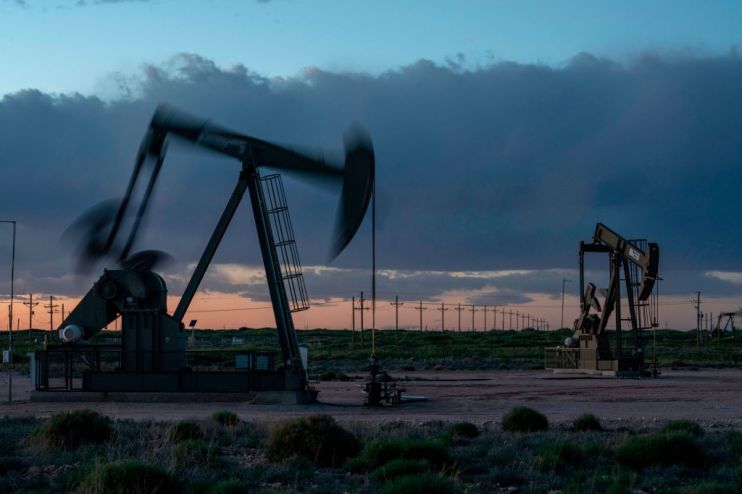OPEC+ underperforms as politics weighs on oil output

Oil prices have spiked following Russia’s invasion of Ukraine, hitting 14-year highs of $139 per barrel earlier this week.
Geopolitical tensions remain the driving factor in a highly volatile market, but oil prices have been elevated since the start of the year due to the consistent underperformance of the Organization of the Petroleum Exporting Countries and its allies (OPEC+).
The group controls over 50 per cent of the world’s crude oil supplies – and consists of13 OPEC members and 10 of the world’s major non-OPEC oil-exporting nations – including Russia.
Despite public pledges to boost production levels amid easing pandemic restrictions, the organsaition has faced continued criticism from both the White House and International Energy Agency (IEA) for failing to sufficiently boost supplies.
Calls from US President Joe Biden to increase outputs have fallen on deaf ears, with Washington instead turning to its partners at the IEA to flood the market with 60m barrels in an urgent attempt to drive down prices.
The government is desperate to reduce the cost-of-living crisis ahead of the mid-terms later this years.
Amid US scrambling, OPEC+ has stuck to modest commitments to raise oil production by 400,000 barrels per day throughout 2022 .
Yet, multiple members have failed to reach seemingly achievable production quotas throughout the winter, amid capacity issues, underinvestment and supply chain disruption.
This includes Nigeria, Angola and Malaysia.
According to the latest S&P Global Commodity Insight survey, OPEC+ has ramped up production, and posted its highest monthly crude oil output increase in February since July 2021.
However, a gulf in performance has emerged between the central OPEC members and non-OPEC members – which has resulted in 19 countries with quotas falling 764,000 barrels per day short of collective targets.
OPEC raised output by 480,000 barrels per day from January, pumping 28.67m barrels of crude oil.
But the non-OPEC partners – which are led by Russia – only produced 14.07m barrels day.
This was a daily increase of just 80,000 – well short of agreed numbers.
Troubled organisation plagued by political decision making
Alongside technical issues, analysts suggest the continued underperformance of OPEC+ reflects political tensions.
Most OPEC+ members have little spare oil production capacity at the moment, with the bulk of the extra capacity coming from the Gulf states such as Saudi Arabia – the world’s largest oil producer – and the United Arab Emirates.
Saudi Arabia is highly wary of triggering animosity with Russia, and of being perceived of siding with the West by boosting supplies.
Callum Macpherson, head commodity strategy at Investec, told City A.M.: “Clearly it is very hard to discuss the situation objectively when Russia is a member of OPEC+. Saudi Arabia is trying to stay neutral, but the kingdom must be under intense pressure to increase output and Biden is apparently planning a visit to Saudi Arabia. If Saudi Arabia did increase output, it may be seen by Putin as the ultimate in backstabbing and could lead to the end of Saudi/Russian cooperation and OPEC+.”
Craig Erlam, senior market analyst at OANDA also suggested OPEC+’s shortcomings came from a lack of desire to raise supplies.
Speaking to City A.M., he said: “OPEC+ could boost production but they aren’t signalling any intention to do so. It would become highly political with Russia being such a prominent member. And most countries would struggle to do anything, given that they’re failing to get close to their current quotas. Saudi Arabia and UAE have available capacity but still lack the desire to utilise it.
Commenting on OPEC+’s meeting earlier this month, Ole Hansen, head of commodities at SaxoBank noted that Russia’s invasion of Ukraine was barely discussed despite its influence on global market.
He concluded: “It highlights the tightrope the group has to walk, perhaps also considering the fact the toolbox – spare capacity – is running close to empty. In the short-term, with no solution in sight, the price may need to rally to levels that kill demand.“
The next OPEC+ meeting is scheduled for 31 March.